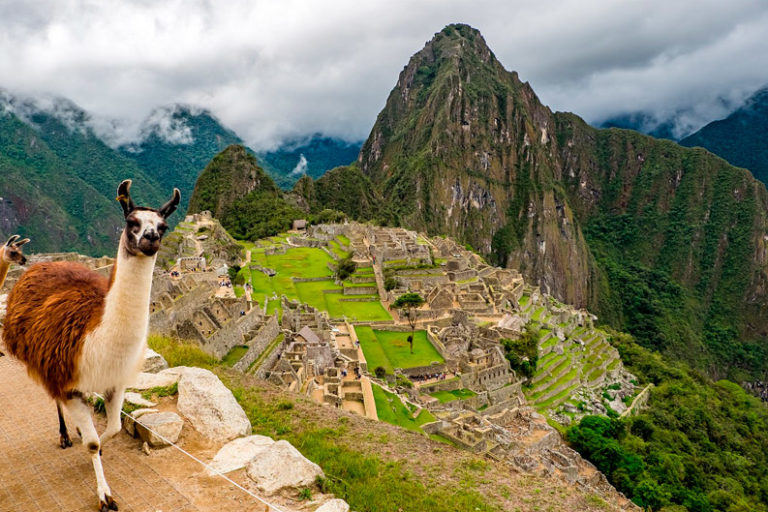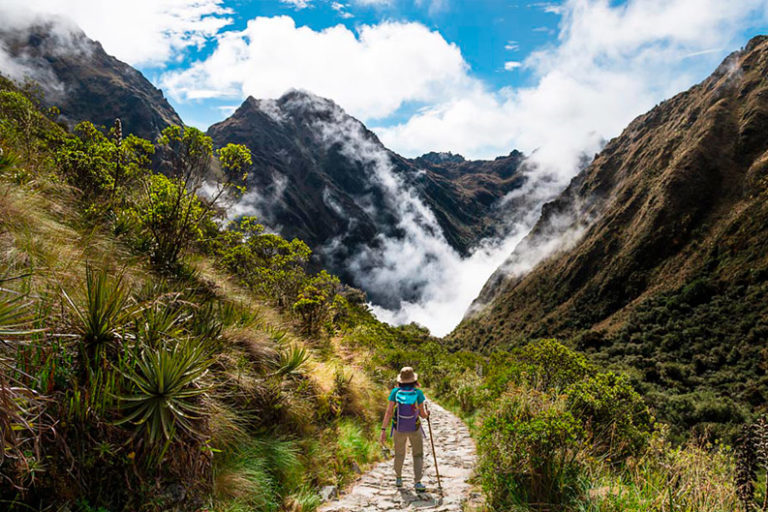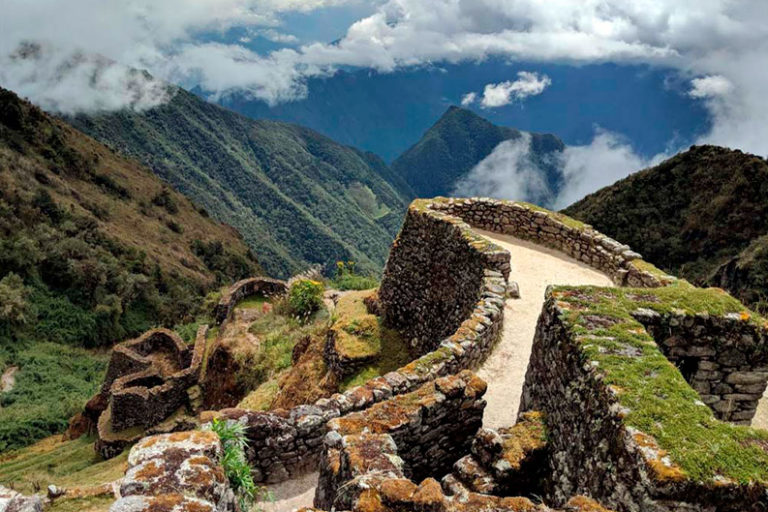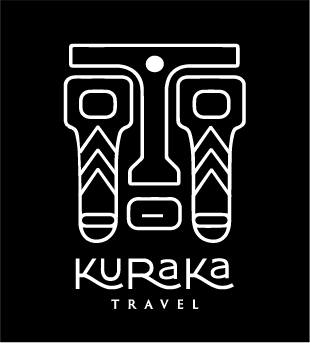Machupicchu Express 4 days
An exhilarating experience awaits you in Cusco, with abundant culture, landscapes, and many colors. For those adventurers who have high expectations and little time, we offer visits to places that everyone wants to see, but we avoid the majority of visitors.
The Trek
Machupicchu express
Camping
Photos & Videos
Rates
Book Now
Tour Description
An exhilarating experience awaits you in Cusco, with abundant culture, landscapes, and many colors. For those adventurers who have high expectations and little time, we offer visits to places that everyone wants to see, but we avoid the majority of visitors. We will do activities that few others do, such as walks in unusual places, and best of all, they are very close to Cusco. All the while, you will have the opportunity to explore Machu Picchu and experience our Inca culture.
Itinerary
DAY 01
CUSCO - SACRED VALLEY (L,D)
We’ll arrange airport transportation upon your arrival and make our journey to the Sacred Valley. On the way, we will visit a breeding site for Andean camelids such as llamas, alpacas, vicunas, and huanacos near Cusco. We’ll stop at strategic places to enjoy the wonderful landscape and visit the Inca city of Pisac and its charming traditional market. To avoid altitude sickness, we’ll stay overnight in the Sacred Valley of the Inkas.
- Distance: 33 km by transport.
- Duration: Aproximately 5 hours.
- Maximum Altitude: 3350 m.a.s.l. in Cusco.
- Minimum Altitude: 2900 m.a.s.l. in Pisa‘q.
- Feasibility: Transportation.
- Difficulty level: Easy.
- Activities: Viewing lanscapes, cultural, experience with alpacas and lamas, textils, and archaeological center of Pisa’q.
- Overnight: hotel in the Sacred Valley.
DAY 02
SACRED VALLEY - MACHUPICCHU - SACRED VALLEY (B,L)
The day begins with a visit to the archaeological center of Ollantaytambo. Then, at the train station in Ollantaytambo, we will take the train to Aguas Calientes, enjoying the scenery of lush green mountains along the way. In town, we will board a bus that will take us to the top of the mountains to enjoy the magic of Machupicchu, including its culture, history, and the spectacular surrounding nature. At night, we will take the train back to the Sacred Valley.
- Distance: 20 km by transport and 104 km by train.
- Duration: Full day.
- Maximum Altitude: 2800 m.a.s.l. Ollantaytambo.
- Minimum Altitude: 2040 Aguas Calientes town.
- Feasibility: train and transportation.
- Difficulty level: Easy.
- Activities: Viewing landscapes, cultural, history, visiting archaeological sites such as Ollantaytambo and Machupicchu.
- Overnight: hotel in the Sacred Valley.
DAY 03
SACRED VALLEY - CUSCO (B,L)
We will continue learning about the technological advances that local people still preserve today, living an experience with them, seeing how they obtain natural dyes for the wool of their animals, and appreciating the acclimatization and domestication center of plants and the salt mines. In Cusco, we will visit the Qoricancha (place of gold), which was the most important center of our spirituality during the time of the Inkas. After that, we will indulge in flavors and colors as we visit the traditional San Pedro market.
- Distance: 91 km by transport.
- Duration: 7 hours.
- Maximum Altitude: 3700 m.a.s.l. Chincheros.
- Minimum Altitude: 2900 m.a.s.l. Sacred Valley.
- Feasibility: Transportation.
- Difficulty level: Easy.
- Activities: landscape viewing, cultural, history, textile, visit to archaeological center: salt mine, Moray, Chinchero, Q’oricancha and san Pedro Market.
- Overnight: hotel in Cusco.
DAY 04
CUSCO - (B,L)
A day to explore the surroundings of Cusco: visiting Sacsayhuaman, evidence of great engineering, and Pucapucara (red fort) from where we will have a view of the surrounding mountains and the valley that we will explore. The walk will take us to visit archaeological sites forgotten in time and covered by nature. In the afternoon, we will take you to the airport for your return flight if needed.
- Distance: 11 km hike, 11 km by transport.
- Duration: Half day.
- Maximum Altitude: 3700 m.a.s.l. at Pukapukara.
- Minimum Altitude: 3350 m.a.s.l. in Cusco.
- Feasibility: Transportation and train.
- Difficulty level: Easy.
- Activities: Viewing lanscapes, cultural experiences, mystical experiencies, visiting archaeological sites such as Sacsaywaman, Pukapukaa and many others along the trail.
- All the transport.
- Native Andean Leader.
- Food as mentioned (B = breakfast, L = lunch and D = dinner).
- Entrance tickets and permits for the places we will visit.
- Hotel for 3 nights
- Round trip train tickets.
• Entrance tickets to Waynapicchu Mountain and Machupicchu Mountain and others are optional.
• Bottle of water or sports drinks.
• Gratitude to staff.
about machupicchu express
Geology of Cusco
The Cusco region is located in the Andes Mountains, a mountain range that extends throughout South America. The Andes Mountains were formed by the collision of the Nazca and South American tectonic plates over 200 million years ago.
The geology of the Cusco region is very diverse due to its location in the Andes Mountains. Most of the geological formations are of igneous and metamorphic origin. There are various rock types in the region, including granite, porphyry, andesite, rhyolite, shale, sandstone, and conglomerates.
The relief of the Cusco region is very rugged, with an elevation that ranges from 1,000 to 6,000 meters above sea level. The region is dominated by three large mountain ranges: the Western Cordillera, the Central Cordillera, and the Eastern Cordillera. These mountain ranges are separated by the valleys of the Apurimac, Urubamba, and Vilcanota rivers.
Flora and Fauna of Cusco
The Cusco region is home to a great variety of flora and fauna species. The flora of the region is very diverse, with species adapted to different climates and altitudes. In the highest parts of the region, the vegetation is mainly composed of grasses, mosses, and lichens. As the altitude decreases, shrubs and small trees, such as the queñual and chachacomo, appear. In the lower areas, the vegetation is more lush and tropical and subtropical forests with a great variety of trees and plants, such as ceiba, cedar, and palo santo, can be found.
The fauna of the region is also very diverse, and a great variety of animal species, including birds, mammals, and reptiles, can be found. In the Cusco region, emblematic species such as the Andean condor, the spectacled bear, the vicuña, the guanaco, and the taruca can be found. There are also several species of reptiles and amphibians, such as the boa constrictor and the giant Titicaca frog.
climate
The climate in Cusco is typically mountain subtropical, with distinctive rainy and dry seasons. The rainy season starts in November and lasts until March, while the dry season starts in April and lasts until October.
During the rainy season, daytime temperatures usually range from 10°C to 20°C, while nighttime temperatures can drop to 5°C. During the dry season, daytime temperatures can reach 25°C, while nighttime temperatures usually hover around 0°C.
It is important to note that Cusco is located at a considerable elevation, at around 3,350 meters above sea level, so temperatures can vary significantly depending on altitude. Additionally, due to its proximity to the equator, the intensity of solar radiation is high throughout the year, so it is important to take adequate precautions to protect oneself from the sun.
customs
The official language of Cusco is Quechua. However, several indigenous languages are also spoken in the Cusco region and throughout the country. Quechua is one of the most common languages and is spoken in many towns and cities in the region. Quechua is the native language of the ancient Incas and is still widely spoken throughout Peru, especially in rural areas.
In addition to Quechua, other indigenous languages are also spoken in Cusco, such as Aymara and Puquina. These languages are less common and are spoken mainly in specific areas within the region.
It is important to note that, although Spanish is the language used in most commercial and governmental transactions, in many parts of Cusco, especially in rural areas, Quechua is still the predominant language in daily communication. Therefore, if you plan to travel to Cusco, it can be useful to learn some basic words and phrases in Quechua to communicate with the local population and immerse yourself more in the culture of the region.
Cusco is a city with a rich history and culture, which is reflected in its many customs and traditions. Some of the most prominent customs in Cusco include:
Inti Raymi Celebration: This is one of the most important celebrations in the Cusco calendar. It is celebrated every June 24th in honor of the winter solstice. It is a ceremony that symbolizes gratitude to Pachamama (Mother Earth) for the harvest and the arrival of a new year.
Religious Festivities: Cusco is a deeply religious city, and many of its festivities are related to faith. Holy Week is one of the most important, with processions and ceremonies throughout the city. Other important religious festivals include the Feast of the Virgin of Carmen and the Traditional Clothing: The traditional clothing of Cusco is very colorful and distinguished by its intricate embroidery and designs. Women usually wear skirts, embroidered blouses, and hats, while men wear embroidered pants and vests, as well as typical hats.
Music and Dance: Music and dance are an integral part of Cusco’s culture. There are many music and dance groups that perform traditional dances, such as the marinera, the huayno, and the scissor dance.
Local Markets: Cusco is known for its local markets, where you can find handmade products and traditional foods. The San Pedro Market is one of the most popular, where you can find fresh fruits and vegetables, meats, fish, cheeses, and many other products.
These are just some of the many customs and traditions that can be found in Cusco. The city is rich in culture and is an ideal place to immerse yourself in the history and traditional life of the Peruvian Andes.
Among the most popular tourist attractions in Cusco are the Inca ruins of Machu Picchu, the Inca citadel of Sacsayhuaman, the Plaza de Armas of Cusco, and the Cathedral of Cusco. Machu Picchu, an Inca citadel on top of a mountain, is one of the most famous archaeological sites in the world and is a UNESCO World Heritage Site. Sacsayhuaman, an impressive Inka fortress built with huge stone blocks, is a testament to the Inka’s construction skills. The Plaza de Armas of Cusco is an impressive square surrounded by historic buildings, and the Cathedral of Cusco is an imposing church built during the colonial period.
In addition to the historical sites, Cusco is also known for its natural landscapes. The Sacred Valley of the Inkas, located between Cusco and Machu Picchu, is an impressive valley with Inka ruins and
Reasons to visit Cusco:
- Machu Picchu: The Inca citadel of Machu Picchu is one of the most popular tourist attractions in the world and is one of the main reasons to visit Cusco.
- Sacred Valley: This valley, located between Cusco and Machu Picchu, is home to impressive Inca ruins, traditional villages, and stunning natural landscapes.
- The city of Cusco: With its beautiful colonial architecture, narrow cobblestone streets, and lively atmosphere, the city of Cusco is a charming place to explore.
- Sacsayhuamán: This Inca archaeological complex is famous for its enormous carved stones that fit together perfectly without the use of mortar.
- Qoricancha: This Inca temple was once the most sacred place in the Inca Empire and it is said that its walls were covered in gold and precious stones.
- Moray: This archaeological complex is known for its circular terraces, which were used by the Incas to experiment with different crops.
- Maras: This Andean town is famous for its salt mines, which have been in use since pre-Inca times.
- Pisac: This Andean town is known for its craft market and its impressive archaeological complex atop a hill.
- Ollantaytambo: This Inca town is famous for its impressive archaeological complex and for being one of the starting points of the Inca Trail.
- Inca Trail: This four-day trekking route is one of the most famous hikes in the world and takes travelers through stunning Andean landscapes to Machu Picchu.
- Ausangate: This 6,372-meter mountain is considered sacred by the Incas and is one of the most impressive mountains in the region.
- Humantay Lake: This beautiful lake is located high up in the mountains and is a popular day hike from Cusco.
- Rainbow Mountain: This impressive mountain is known for its colorful stripes and is a popular day hike from Cusco.
- Rafting on the Urubamba River: Travelers can go rafting on this river, which flows through the Sacred Valley and offers exciting Class III and IV rapids.
- Ziplining in the Sacred Valley: Travelers can fly through the beautiful Sacred Valley in an exciting ziplining experience.
- Culinary tourism: Peruvian food is famous around the world and Cusco has a great variety of restaurants where travelers can try delicious local food.
- Chinchero: This Andean town is famous for its textiles and traditional hand-weaving techniques.
- Moray Terraces: These circular terraces were built by the Incas to cultivate different types of plants.
Famous people who visited Machu Picchu:
- Barack Obama: The former President of the United States visited Machu Picchu in 2016 during a trip to Latin America.
- Charles, Prince of Wales: The Prince of Wales visited Cusco and Machu Picchu in 2009 during a trip to South America.
- Madonna: The famous singer visited Cusco and Machu Picchu in 2013 during a tourist trip.
- Ricky Martin: The famous Puerto Rican singer visited Cusco and Machu Picchu in 2019 and shared photos of his trip on social media.
- Mark Zuckerberg: The founder of Facebook visited Cusco and Machu Picchu in 2017 and shared photos of his trip on his Facebook account.
- Tom Brady: The famous American football player visited Cusco and Machu Picchu in 2018 during a trip with his wife Gisele Bündchen.
- Meghan Markle: The Duchess of Sussex visited Cusco in 2018 as part of her humanitarian work with the organization World Vision.
- Jackie Kennedy: The former First Lady of the United States visited Cusco and Machu Picchu in 1962 during a trip to South America.
- Antonio Banderas: The famous Spanish actor visited Cusco and Machu Picchu in 2019 during a tourist trip.
- Bear Grylls: The adventurer and television presenter visited Cusco and Machu Picchu in 2012 during the filming of his program “Bear Grylls: Escape to the Legion.”
- In addition to Robert De Niro a
- Zac Efron,
- Kate Moss: The famous British model visited Machu Picchu in 2007.
- Jim Carrey: The famous Canadian actor visited Machu Picchu in 2011 during a tourist trip.
- Cristiano Ronaldo: The famous Portuguese football player visited Machu Picchu in 2012 during a vacation in Peru.
- Hugh Jackman: The Australian actor visited Machu Picchu in 2017 during a trip with his family.
- Ben Stiller: The American actor visited Machu Picchu in 2013 during the promotion of the movie “The Secret Life of Walter Mitty.”
- Matthew McConaughey: The famous American actor visited Machu Picchu in 2017 during a tourist trip.
- Sting: The famous British singer visited Machu Picchu in 2011 during a trip to Peru.
- Susan Sarandon: The American actress visited Machu Picchu in 2014 during a tourist trip.
- Naomi Campbell: The famous British model visited Machu Picchu in 2013 during a tourist trip.
- Renée Zellweger: The American actress visited Machu Picchu in 2009 during a tourist trip.
retreat camping
1 choquechurko

2 soraypampa
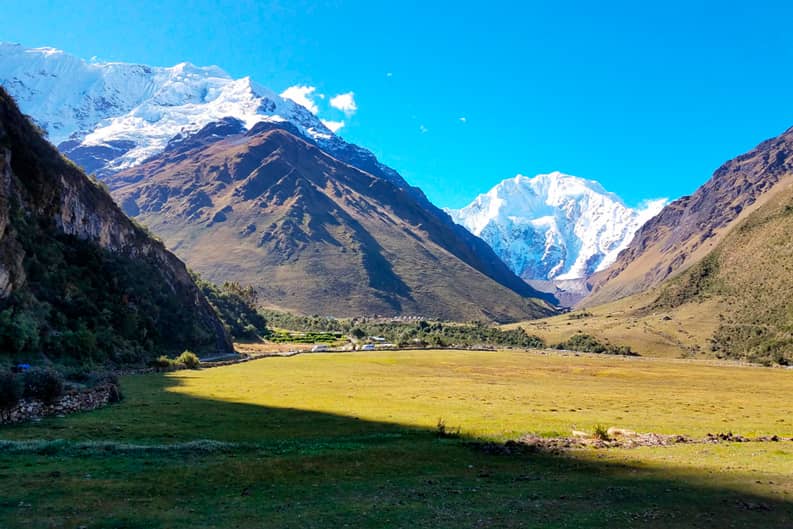
3 soqro cocha

4 andenes
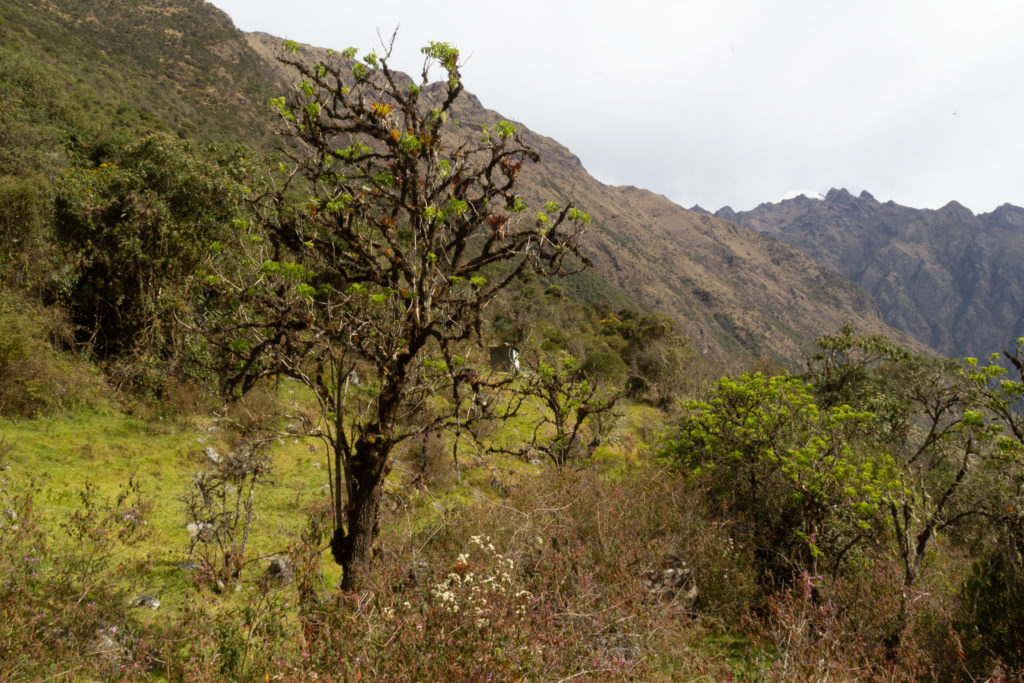
5 qolpa pampa
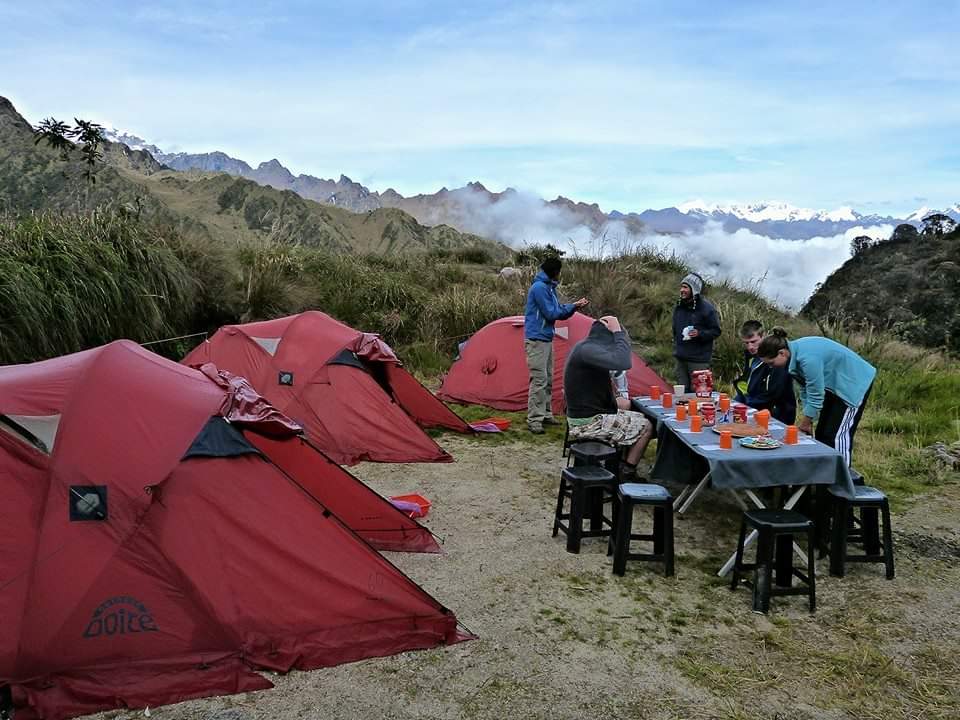
6 lucmabamba

7 llaqta pata
8 aguas calientes
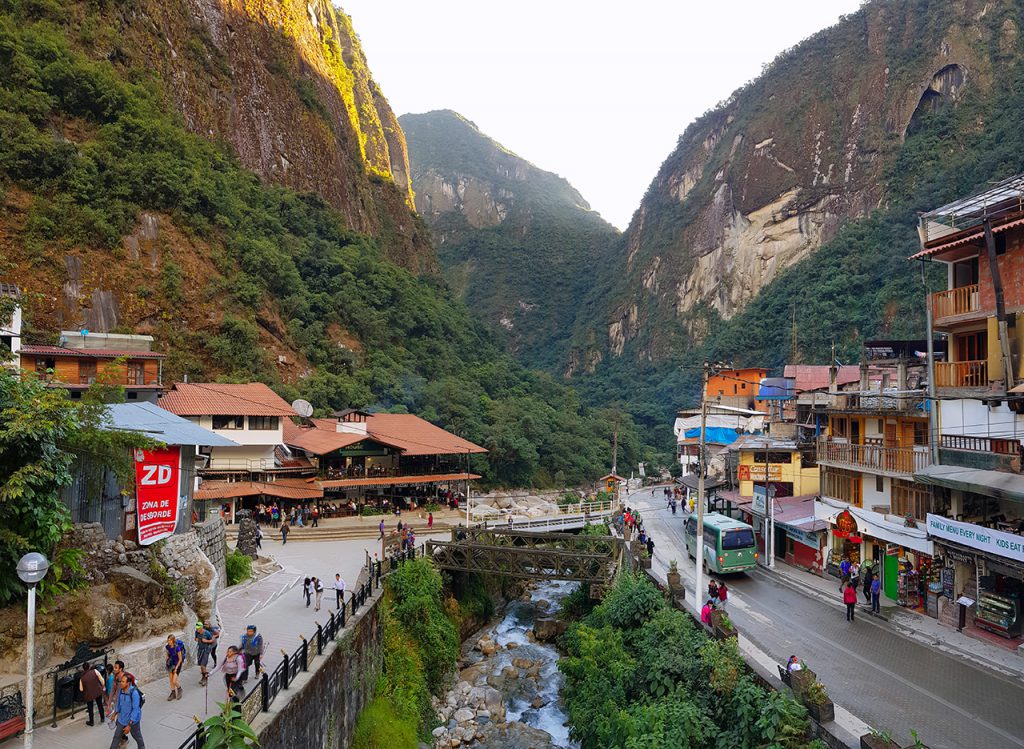
machupicchu
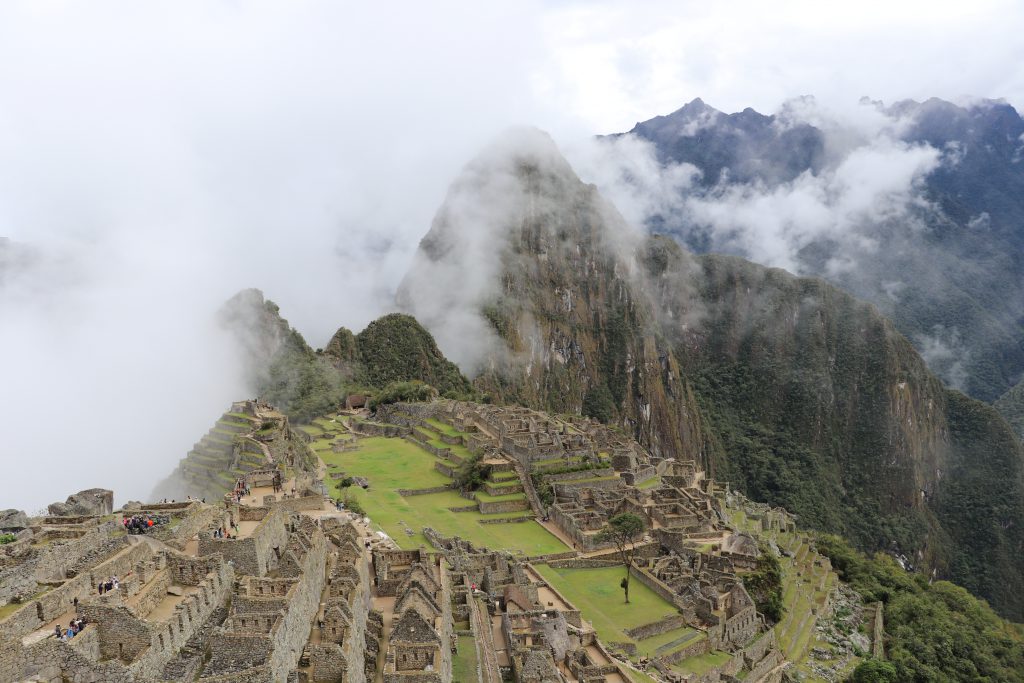
RATES
TOUR PROGRAM
GROUP
US$ 630 per person ( minimum 3 people )
PRIVATE
US$ 1100 per person
ADDITIONAL SERVICES
You must request this at the time that you make your reservation.
- Machupichu + Waynapicchu : USD 75.00.
- Machupicchu + Montaña: USD 75.00.
¿What makes us
one of a kind?
Our distinction lies in our dual expertise as professionals in tourist guiding and as spiritual masters dedicated to preserving Inkan wisdom. This unique combination enables us to offer our clients an enriching and deeply spiritual tourist experience. Furthermore, as an Inkan-origin agency, we are committed to social responsibility. We work tirelessly to support those in our community who need it most. We allocate financial resources to carry out social work with individuals battling addictions, who have suffered from violations, or other traumatic experiences that impact their personal development. Your choice to travel with us directly contributes to this social work, helping us make a positive difference in the lives of those we serve.

shaman leaders
Our organization of spiritual leaders is truly diverse and joyful, as it is composed of masterful leaders of both genders who are experts in Inka knowledge
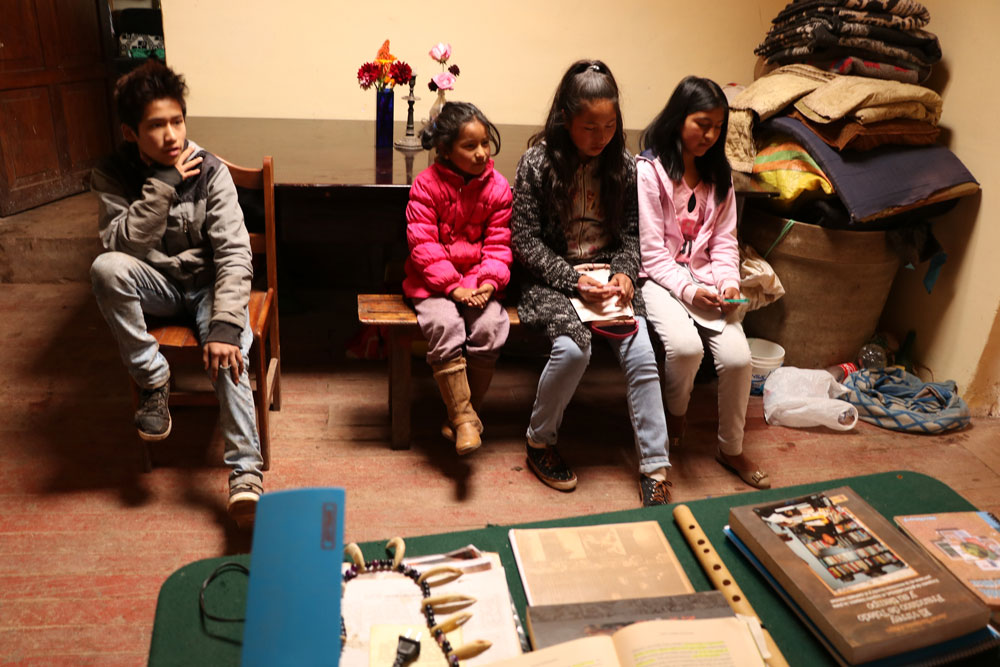
yachay wasi
Yachay Wasi stands as a distinguished school, dedicated to the transmission of millennia-old ancestral wisdom to future generations with a forward-thinking approach deeply rooted in tradition.
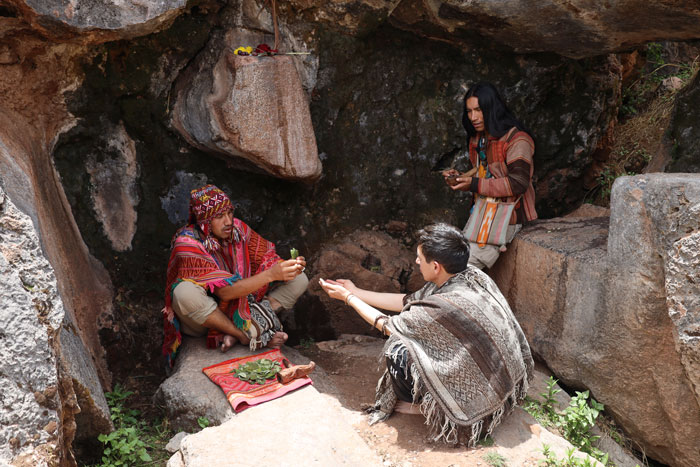
Natural therapy
Treating individuals with addiction disorders or other problems, who have low economic resources, requires a considerable duration depending on the specific situation, with the goal of achieving physical, mental, and spiritual recovery..
FREQUENT QUESTIONS
It depends on the mode of transportation you choose. If you travel by train from Cusco, it will take approximately 5 hours. If you prefer to hike, the classic Inca Trail takes four days and three nights. There are also two-day trekking options. If you opt for a bus from Aguas Calientes, the closest town to Machu Picchu, the journey will take about 30 minutes.
The weather in Machu Picchu is unpredictable but generally temperate and humid. The average temperature ranges from 11°C to 20°C, with frequent rain at any time of the year. It is recommended to bring warm clothing and a rain poncho.
It is not mandatory to hire a guide to visit Machu Picchu, but it is highly recommended to make the most of the experience. A shaman guide can make your Machu Picchu experience unique.
It is not necessary to be in excellent physical shape to visit Machu Picchu, but it is important to be prepared to walk on uneven and steep terrain. It is also advisable to take into account the altitude since Machu Picchu is located at an altitude of 2,430 meters above sea level.
Currently, night visits to Machu Picchu are not allowed to protect the citadel. Most visitors arrive early in the morning to make the most of their time at the archaeological site.
There are several important rules that you must follow when visiting Machu Picchu, such as not smoking, not littering, not bringing in food and drinks, and not touching the archaeological structures. It is also important to respect the environment and stay on marked trails.
It is generally suggested to buy entrance tickets in advance since the Inca city is one of the 7 wonders of the world, and therefore is very visited by travelers from different parts of the world
We take care of purchasing tickets to Machu Picchu, bus and train.
You can book through our website kurakatravel.com.
Yes, it is very safe. Cusco city is very safe for tourists, and the historic and tourist center has cameras and security 24 hours a day.
Yes, there are several places to change your currency in the city of Cusco.
In Cusco, there are many different tourist attractions depending on what the tourist is most interested in, such as spiritual tourism, adventure, hiking, rafting, zip-lining, gastronomy, culture, mountaineering, experiential tourism, and astronomy.
Yes, it is one of the priority destinations that we will visit on the 4-day tour.
Yes, there are several options depending on the sport you practice. We can add an extra day to the tour to do adventure sports such as rock climbing, rafting, mountaineering, ATV riding, zip-lining, horseback riding, mountain biking, and bouldering.
The Sacred Valley tour is wonderful and is included in the 4-day tour.
The appropriate way to get to the Sacred Valley is by car, which is how we will go to the hotel in the Sacred Valley.
Cusco is very famous for its culture, during the 4-day tour we will pass through traditional villages where you can buy directly from the local people the work they do.
There are several vegetarian restaurants in Cusco where you can choose your favorite vegetarian food.
There are several, which we will visit in the 4-day package, and we will even go to little-visited Inka centers.

